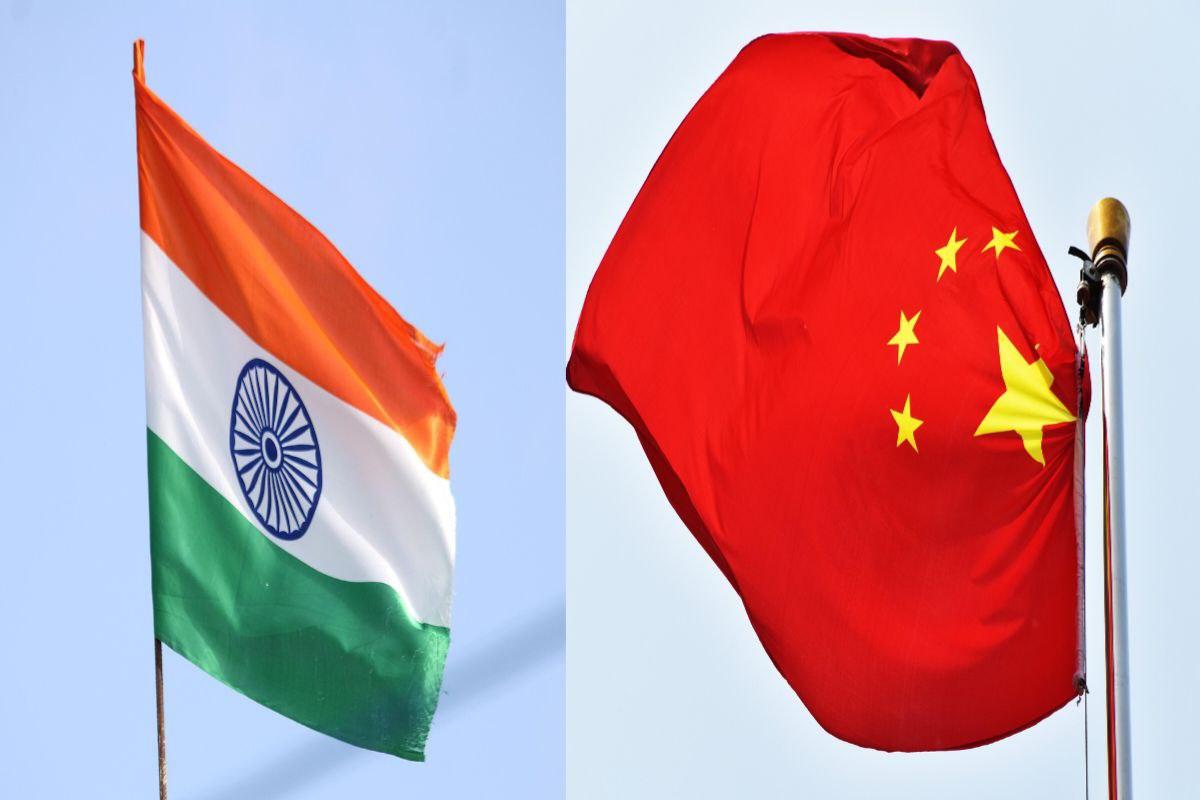
In a diplomatic move that has stirred both concern and recalibration in New Delhi, U.S. President Donald Trump recently invited Pakistan's Army Chief General Asim Munir to the White House for a formal lunch meeting. This development has been viewed with unease in India, particularly given the current sensitive climate between India and Pakistan, especially on the issue of cross-border terrorism.
The timing of the Trump-Munir meeting has raised eyebrows in Indian strategic circles. It occurred when India and Pakistan were already embroiled in heightened tensions, and the invitation to a military leader from a nation accused by India of harboring terrorism did not sit well with New Delhi. According to Indian officials, the meeting sends a wrong message—one that could be interpreted as absolving Pakistan of its responsibility in fighting terrorism.
In response, India has visibly recalibrated its diplomatic focus. One of the clearest signs of this came ahead of the Shanghai Cooperation Organization (SCO) summit, where External Affairs Minister Dr. S. Jaishankar visited Beijing to participate in the foreign ministers' meeting. His visit, which included talks with his Chinese counterpart and a potential meeting with President Xi Jinping, is seen by analysts as a strategic signal—not just a multilateral engagement.
The developments suggest India is executing a balancing act in response to shifting U.S. policies. After years of aligning closely with Washington, India appears to be reasserting its strategic autonomy by warming up relations with Beijing, a country it had kept at arm’s length since the deadly Galwan Valley clash in 2020.
Observers believe that this shift is more than symbolic. It underscores India’s message to the U.S.—that double standards on terrorism will not be tolerated. India has reportedly conveyed its concern about the Trump-Munir engagement to American officials, underlining that such moves could disrupt regional stability and embolden actors supporting terrorism.
Moreover, the friction is not limited to the security realm. Economic tensions between New Delhi and Washington are rising as well. The Trump administration is reportedly considering tariffs on Indian goods, prompting India to propose retaliatory measures at the World Trade Organization. The tone of the bilateral relationship has evidently cooled, with fewer signs of the previous warmth and cooperation that characterized recent years.
Another telling sign was Prime Minister Narendra Modi’s decision to decline Trump’s invitation to visit the U.S. Modi was on a diplomatic tour to Canada for the G7 summit when Trump extended the invite—coinciding with the very day of the lunch with General Munir. Modi, citing a busy schedule, chose not to accept the invitation. This move has been widely interpreted as a diplomatic snub, conveying India’s displeasure in a subtle yet firm manner.
This evolving dynamic reflects India’s strategic recalibration. New Delhi’s outreach to China—once strained post-Galwan—is gaining momentum. The increased efforts to reopen dialogue, de-escalate tensions, and explore cooperation on regional issues mark a deliberate shift. India is sending a clear message to the global community: it will not be taken for granted in geopolitical alignments.
In this increasingly multipolar world, India appears to be embracing a flexible foreign policy approach—reaching out to China while pushing back against what it sees as U.S. missteps. This strategy of balancing relationships could redefine the trajectory of India’s foreign policy in the coming years.
Disclaimer:
This article is based on publicly available information, media reports, and expert opinions. The views expressed are for informational and analytical purposes only and do not represent any official position. Readers are advised to verify facts independently before forming conclusions.




